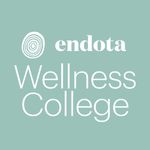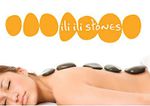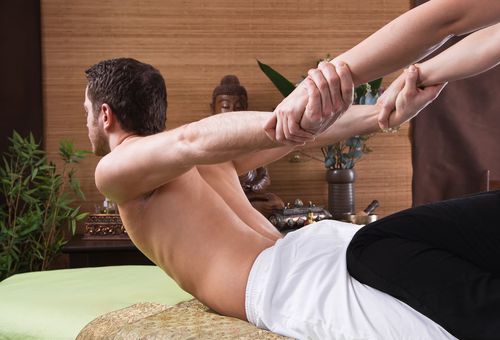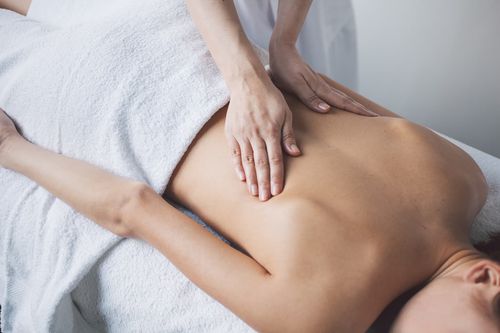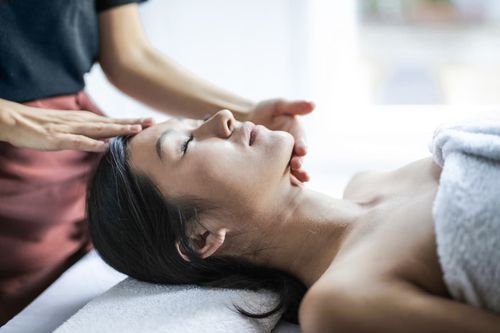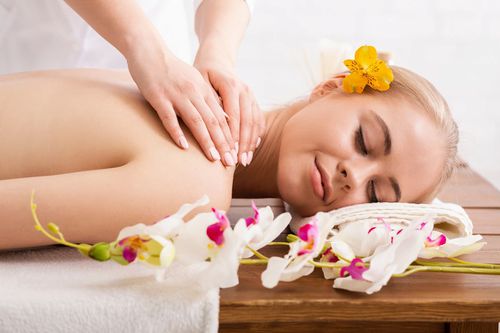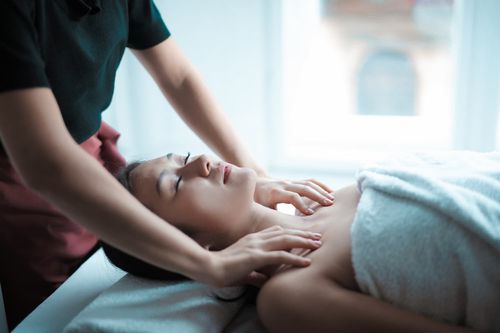What is Thai Massage?
Thai massage is a form of manual therapy which originated in India and eventually spread across Southeast Asia, particularly Thailand, through Theravada Buddhism. Legend has it that a monk named Shivago Komparaj, Gautama Buddha's personal physician, created this massage technique more than 2500 years ago to cure diseases.
Deeply rooted in the principles of Ayurveda, yoga and Traditional Chinese Medicine, Thai massage stimulates the flow of vital energy throughout the body's energy pathways or meridians. It involves stretching and pulling techniques which the therapist carries out using their palms, feet, elbows and forearms. It's an excellent way to treat lower back pain, relieve muscle tension, improve circulation, relieve headaches, manage digestive issues and increase energy levels.
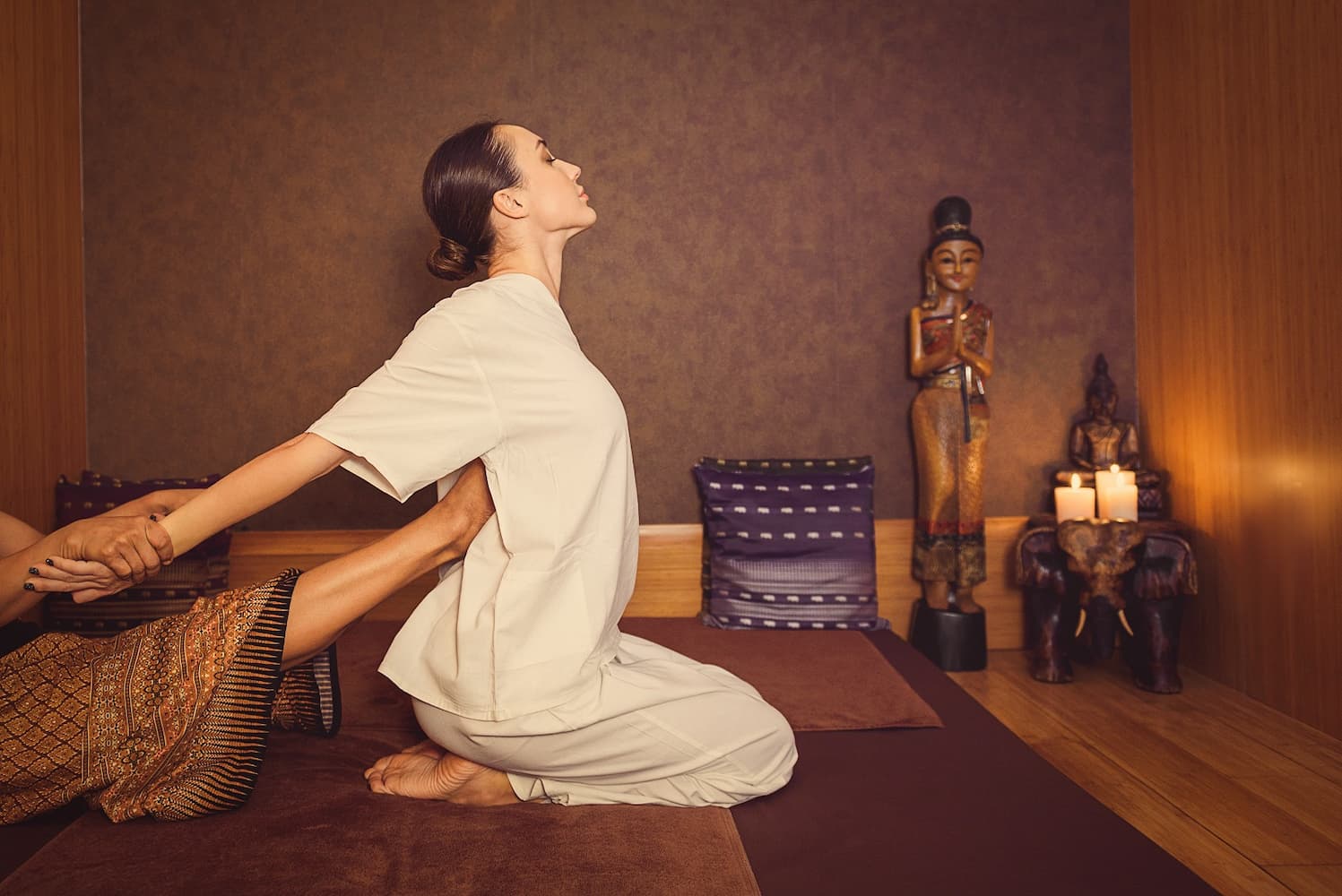
Why Study Thai Massage?
Thai massage offers many health benefits which couldn't be obtained from a typical massage therapy. It's a holistic remedy for a range of physical, emotional and psychological conditions, such as headaches, anxiety, asthma, joint pain, stress, bipolar disorder and ear infections, to name just a few. Whether you're a massage therapist or practising another modality, completing a course in this field of study will no doubt expand your career in complementary medicine as well as your client base.
What Does It Take to Study Thai Massage or Become a Practitioner of It?
To succeed as a Thai massage practitioner, wanting to help others improve their health must come as second nature to you. You must also have the patience to learn how the body's energy pathways function in relation to a person's overall health and wellbeing. Having a high level of curiosity, empathy, compassion and communication skills to boot are other important factors that will contribute to your success.
Course and Study Options for Thai Massage
The duration of a Thai massage course can take five days to two months, depending on the training program that you sign up for. The basic course is an introduction to Thai massage that provides students with simple, easy stretching techniques, which they can use on family and friends.
On the other hand, if you're a certified massage therapist and looking to include Thai massage in your list of current offerings, completing the practitioner training course is the way to go. This program will not only train you in a sequence of intensive stretching, rocking and pulling techniques, but it will also help you gain membership with a relevant Thai massage association and secure professional insurance.
Because they entail physical contact, most of the courses are delivered in a classroom or studio setting. However, your search for a qualified course provider may yield results that are more suitable to your needs, including online classes.
How to Choose a School or Course in Thai Massage
Before enrolling in a Thai massage course, make sure that it is accredited by Australia's peak organisations for massage therapists. To assist you in your search for the best course provider, whose curriculum, tuition fees and learning platform align with your needs, we have compiled a list of qualified schools at the top of this page.
Take the time to speak with a course adviser to learn more about the offerings of your choice of school and possible career paths you can take afterwards. Getting into one of these prestigious institutions is key to acquiring the skills you need to establish yourself as a certified Thai massage therapist.
